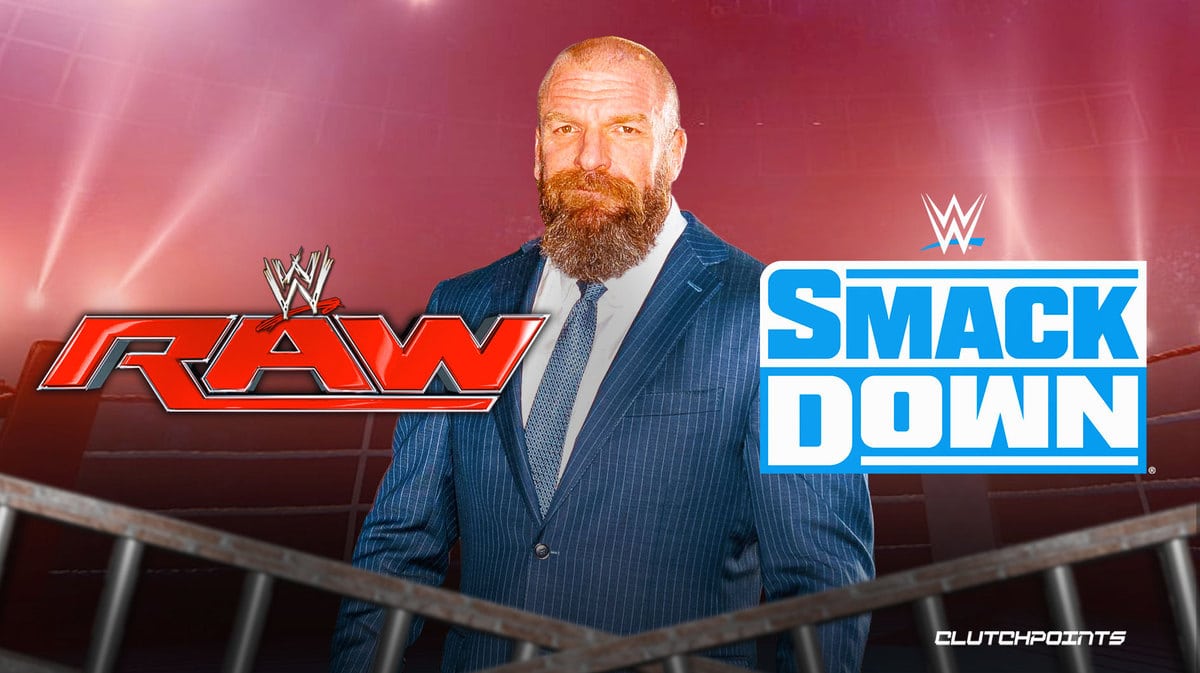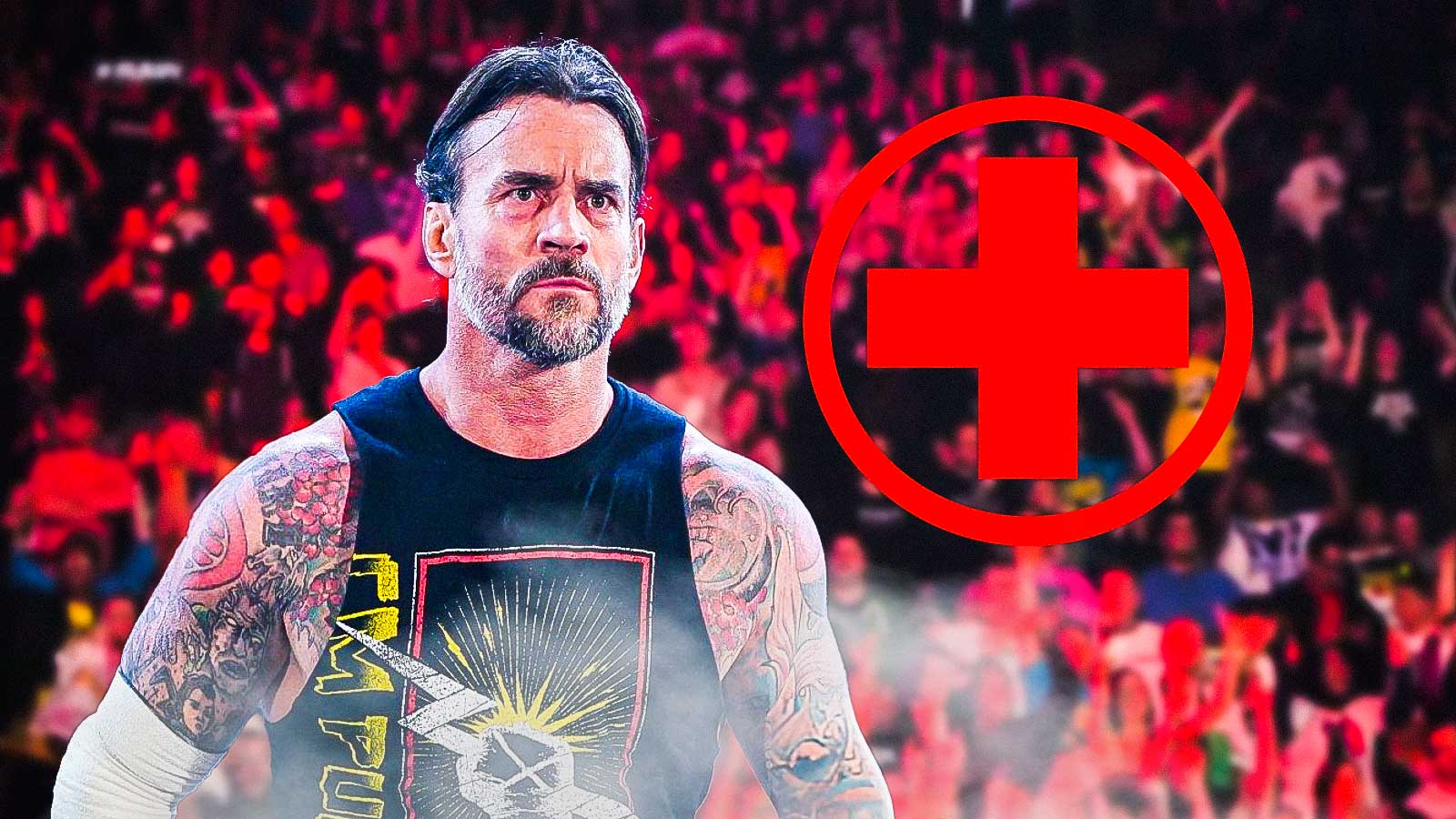It has been over a month since the conclusion of the 2023 WWE Draft, and during that time, WWE television has undergone significant changes. The main purpose of the draft was to initiate these changes, aiming to establish new rising stars while adding depth to existing character developments. All of this aligns with the deliberate approach of Paul “Triple H” Levesque, who has been leading the company creatively since last July. The objective of the draft was not only to create new stars and revive old ones but also to produce compelling storytelling, while maximizing the talent pool across different rosters.
One of the primary reasons behind introducing the new World Heavyweight Championship was to facilitate these changes. Additionally, the WWE women's championships underwent a complete rebranding, which aligns with Triple H's vision for rebranding, or perhaps even retconning, in general.
Although the draft has been labeled as a way to “shake things up again” over the years, it has not always lived up to this expectation. The outcome remained the same, and the draft seemed like a convenient way for WWE to signify a fresh start. These resets were necessary because the product became stale due to repetitive storylines.
However, the 2023 Draft felt different. It did not seem like WWE was conducting it merely because they realized they had abandoned the idea of split rosters, which had resulted in incohesive narratives. Instead, under Triple H's leadership, the draft felt purposeful and focused on long-term goals. It aimed to carefully construct and deliver a compelling product. While this approach holds true to some extent, there is concern that WWE may abruptly alter or completely disregard the recent brand split constructs, as they have done in the past.
Every draft and brand split has faced its own challenges. One recurring issue is determining how much talent is necessary to maintain a healthy roster on each brand. With a weekly television show that never has an offseason, WWE must find a way to create captivating programming without causing the audience to lose interest. It becomes a challenge to balance the star power and significance of each brand, making set rosters problematic and unsuccessful in WWE's history.
Within the first few weeks after the draft, the shows began merging with each other, featuring superstars from both brands. Sami Zayn and Kevin Owens are prime examples of this crossover. They appeared on SmackDown multiple times heading into their showdown at Night of Champions. Zayn even made appearances on SmackDown as of this past Friday night where he confronted Jey Uso.
While some aspects of this crossover can be overlooked, particularly in Zayn's involvement in The Bloodline storyline, it still feels like a deviation from the concept of the draft. This feeling intensified when A.J. Styles appeared on Raw the Monday after Night of Champions. His appearance was solely to congratulate Seth Rollins, who defeated Styles in their match for the World Heavyweight Championship. This ultimately led to a tag team match involving Finn Balor and Damien Priest, which would help lead to Rollins and Balor competing for the title at Money in the Bank. However, Styles' involvement did nothing to contribute to his own character development. This was a serious undermining of the significance of the brand split concept, and it begs the question why WWE creative couldn't have taken a different route to reach the Rollins vs. Balor match.
Additionally, the role of Paul Heyman raises concerns. While no one complains about his appearances, Heyman's justification for appearing on Raw has been solely to promote SmackDown. Although his appearances are subtle and less invasive, they still undermine the integrity of the draft since he was drafted to SmackDown.
It is yet to be determined whether any of these factors are influenced by the rumored Vince McMahon involvement in creative decisions from a distance. However, regardless of this speculation, it remains an issue that WWE must address if they intend to give true significance to their brand splits.

















